Reptiles have mastered the art of hiding illness and discomfort, a survival mechanism developed over millions of years of evolution. Unlike mammals that may vocalize or show obvious signs of distress, reptiles often demonstrate subtle changes that can easily go unnoticed by inexperienced keepers. This evolutionary adaptation, while beneficial in the wild to avoid predation, creates significant challenges for reptile owners trying to ensure their exotic pets’ health and wellbeing. Recognizing the early warning signs of stress or illness in these fascinating creatures requires careful observation, knowledge, and experience. This article explores the various indicators that may suggest your exotic reptile is experiencing health issues or environmental stress, helping you become a more attentive and responsive caretaker for these unique animals.
Understanding Normal Behavior as a Baseline
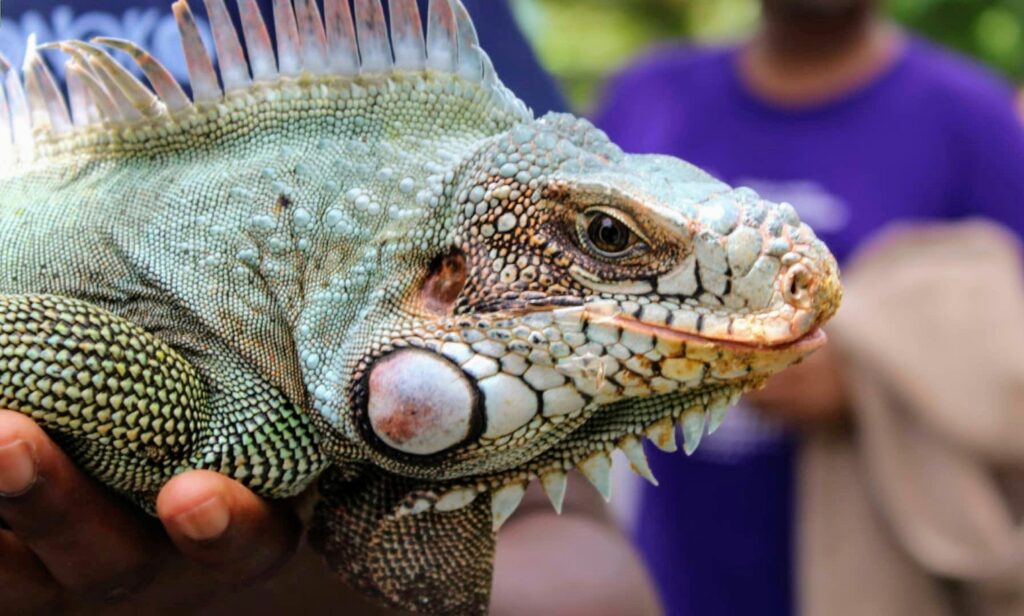
Before identifying abnormal behavior, reptile owners must first establish a clear understanding of what constitutes “normal” for their specific species and individual pet. Healthy reptiles typically display species-appropriate activity levels, regular feeding patterns, and consistent responses to environmental stimuli. Take time to observe your reptile daily, documenting its typical basking periods, feeding enthusiasm, exploration habits, and responses to handling. This baseline knowledge becomes invaluable when assessing potential health concerns, as subtle deviations from established patterns often provide the earliest indications of stress or illness. Remember that “normal” varies dramatically between species – what’s healthy for a bearded dragon might be concerning for a ball python, making species-specific research essential for proper assessment.
Changes in Appetite and Feeding Behavior
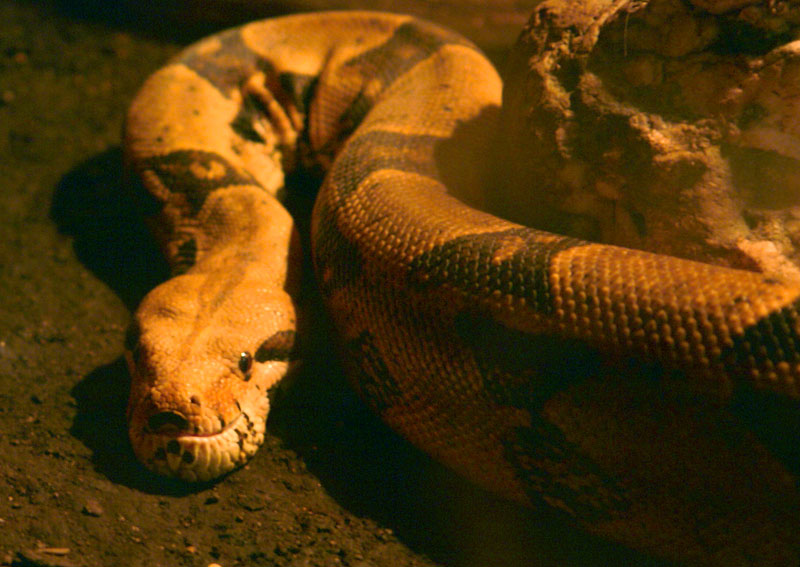
One of the most reliable indicators of potential health issues in exotic reptiles is a noticeable change in appetite or feeding patterns. A reptile that suddenly refuses food, shows decreased interest in previously enjoyed prey items, or demonstrates unusual feeding behaviors warrants close monitoring. While many species naturally experience seasonal fluctuations in appetite, particularly during breeding seasons or brumation periods, unexpected feeding changes outside these natural cycles should raise concerns. Some reptiles may attempt to eat but struggle to capture or consume prey, which can indicate neurological issues, mouth injuries, or digestive problems. Others might regurgitate recently consumed meals, potentially signaling improper temperature gradients, parasitic infections, or gastrointestinal obstructions that require immediate veterinary attention.
Abnormal Weight Loss or Gain
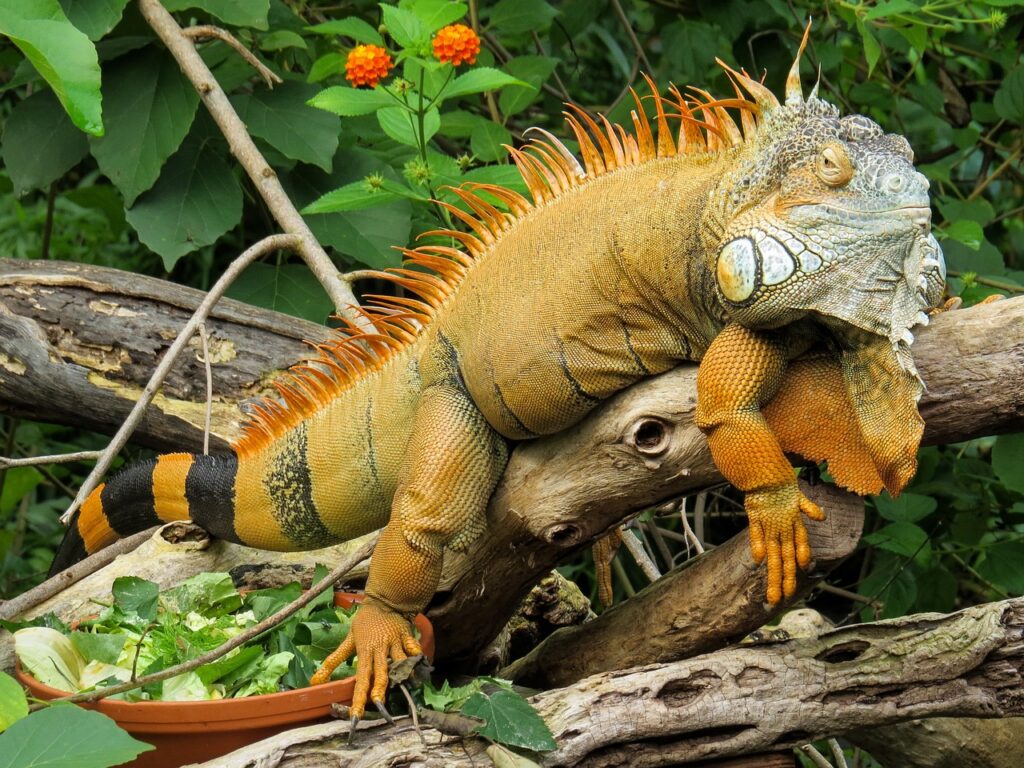
Maintaining a healthy weight is crucial for reptilian health, making unexpected weight fluctuations important warning signs of underlying problems. Significant weight loss despite normal feeding habits may indicate parasitic infections, metabolic disorders, or malabsorption issues preventing proper nutrient utilization. Conversely, rapid weight gain without proportional growth could suggest fluid retention, reproductive issues in females, or even tumors in older specimens. Regular weighing sessions (monthly for most species) using a digital scale help establish growth patterns and allow for early detection of concerning trends. Remember that weight changes should always be evaluated alongside other symptoms and environmental factors, as seasonal variations in weight can be normal for many species during specific life stages.
Respiratory Distress and Breathing Changes
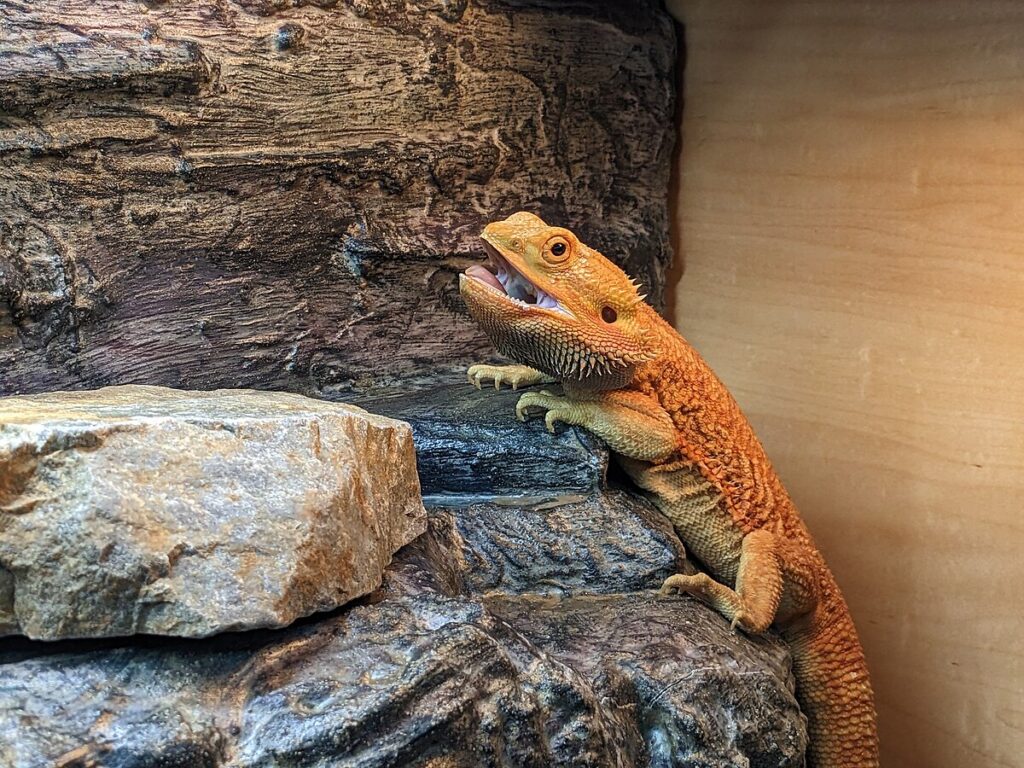
Respiratory infections represent one of the most common and potentially serious health concerns for captive reptiles, often resulting from suboptimal temperature or humidity levels. Early signs include open-mouth breathing (gaping), unusual breathing sounds like wheezing or clicking, excessive mucus around the mouth or nostrils, and asymmetrical or labored breathing movements. You might notice your reptile elevating its head and neck to facilitate breathing or exhibiting unusual postures to maximize air intake. Bubbles forming around the mouth or nostrils during breathing strongly indicate respiratory infection requiring immediate veterinary intervention. Respiratory issues can progress rapidly in reptiles, transforming from subtle symptoms to life-threatening conditions within days, making prompt recognition and treatment essential for positive outcomes.
Changes in Fecal Matter and Urination
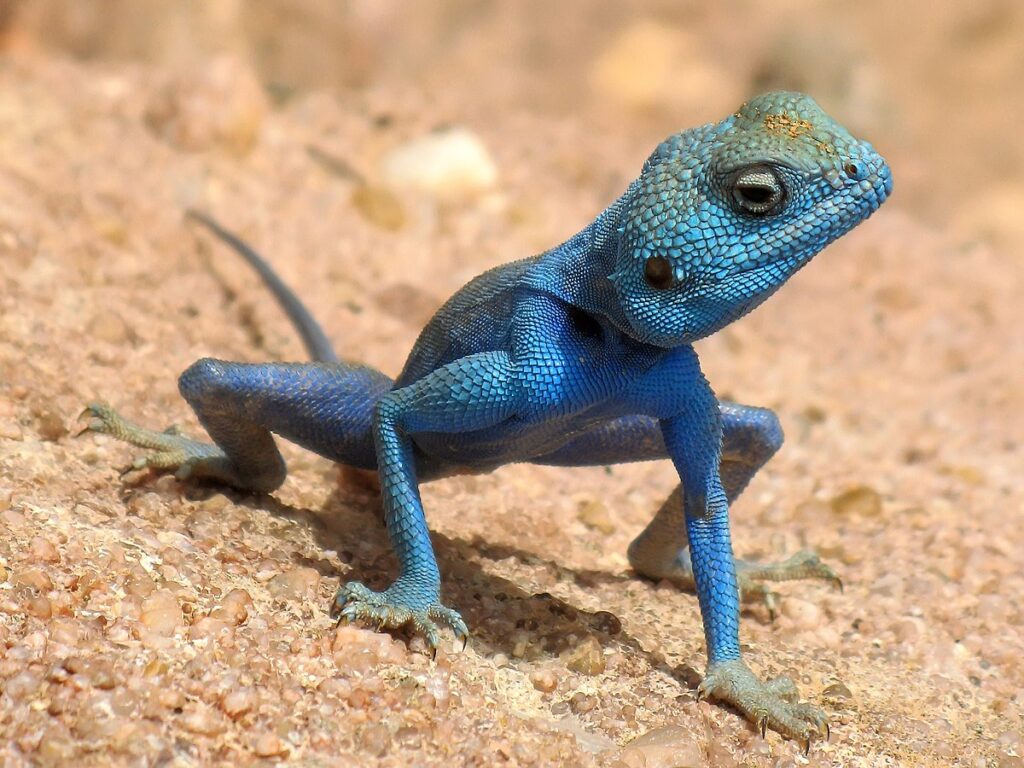
Regular monitoring of your reptile’s waste provides valuable insights into its digestive health and overall wellbeing. Healthy fecal matter should be well-formed, consistent in color, and appropriate for the species’ diet, while urates (the white portion of reptile waste) should be firm and white or off-white. Diarrhea, bloody stool, unusually colored or malodorous waste, or drastic changes in consistency can indicate parasitic infections, bacterial imbalances, or dietary issues. Decreased frequency of defecation might suggest impaction or constipation, while complete absence of bowel movements alongside other symptoms requires urgent veterinary assessment. Some reptiles experiencing digestive distress may strain during defecation, adopt unusual postures, or show discomfort in the cloaca region, all warranting closer investigation and potentially professional examination.
Skin and Scale Abnormalities
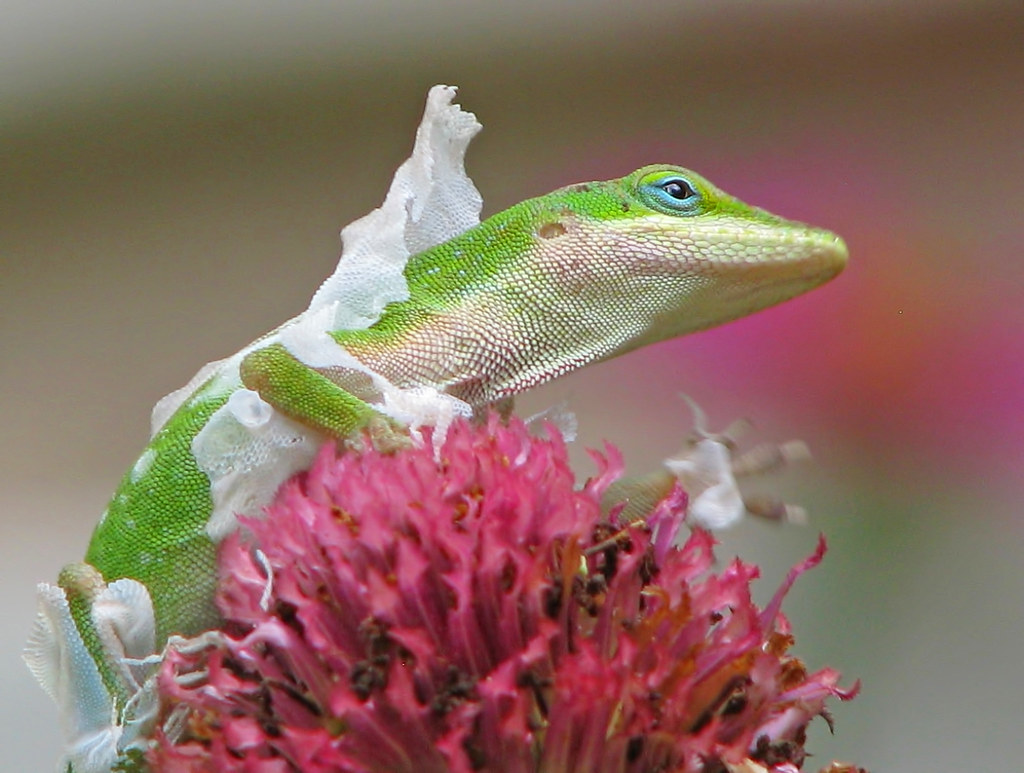
The condition of a reptile’s skin and scales offers valuable information about its health status and environmental conditions. Healthy reptiles should display clear, vibrant skin with intact scales free from discoloration, unusual bumps, or persistent shedding issues. Incomplete shedding (dysecdysis), particularly around extremities like toes, tail tips, and eyes, can lead to restricted blood flow, infection, and tissue necrosis if not addressed. Discolored patches, raised scales, blisters, or unusual growths may indicate fungal infections, bacterial dermatitis, or even parasitic infestations beneath the scales. Scale rot – characterized by reddened, softened scales often along the ventral surface – typically results from excessive humidity or unsanitary conditions and requires immediate intervention to prevent the infection from reaching underlying tissues and the bloodstream.
Behavioral Changes and Stress Indicators
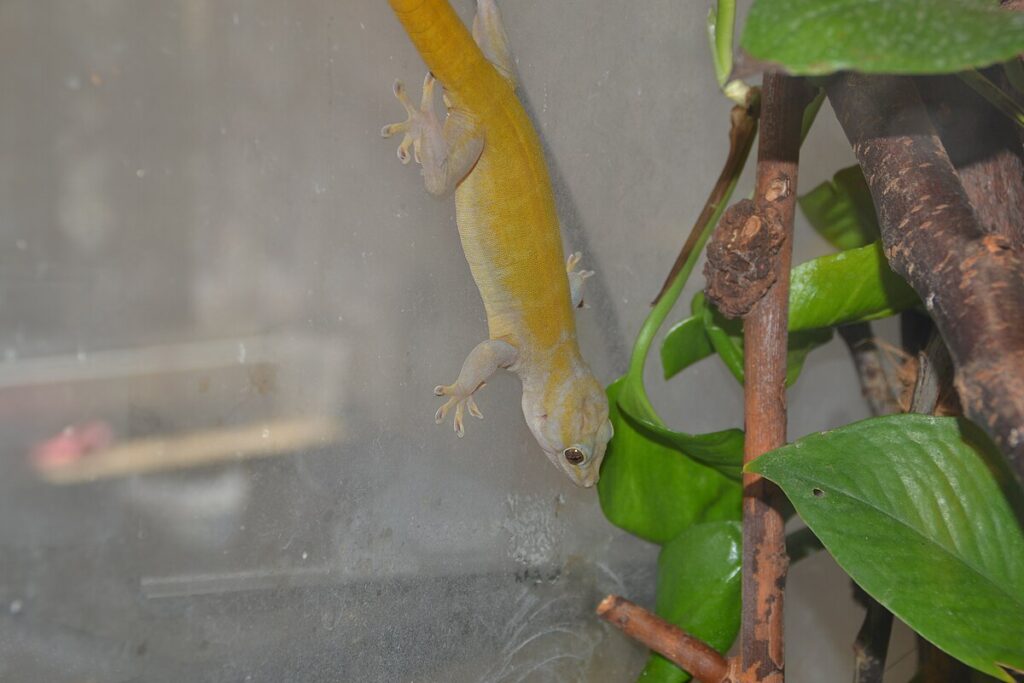
Significant behavioral shifts often provide the earliest indications of stress or illness in exotic reptiles. A normally active species becoming lethargic or, conversely, a typically calm reptile displaying frantic activity patterns should trigger further investigation. Stress behaviors include excessive hiding, glass surfing (repeatedly sliding against terrarium walls), defensive posturing when normally docile, or unusual aggression during routine interactions. Some reptiles demonstrate stress through repetitive behaviors like digging, pacing, or attempting to escape their enclosures despite appropriate husbandry. Disrupted sleep patterns, such as a diurnal species becoming active at night, can similarly signal environmental stressors or developing health concerns. Remember that these behavioral changes should always be evaluated within the context of recent environmental modifications, as even subtle alterations to lighting, temperature, or enclosure furnishings can temporarily affect reptile behavior.
Mobility Issues and Abnormal Postures

Changes in how a reptile moves or positions itself frequently indicate pain, neurological problems, or metabolic disorders requiring veterinary attention. Healthy reptiles display smooth, coordinated movements appropriate to their species, while those experiencing health issues might exhibit limping, dragging limbs, unusual head tilting, or inability to maintain normal posture. Metabolic bone disease, resulting from calcium deficiency or improper UVB exposure, often manifests as trembling limbs, softened jaw, and difficulty climbing or standing properly. Neurological concerns may present as circling behaviors, star-gazing (looking upward continuously), disorientation, or seizure-like episodes. Some reptiles experiencing internal pain adopt unusual positions that minimize pressure on affected areas, such as arching the back, keeping limbs extended, or consistently favoring one side when resting.
Changes in Activity Level and Responsiveness

Significant alterations in a reptile’s typical activity patterns and responsiveness to environmental stimuli often indicate developing health concerns. A once alert and curious reptile becoming dull, unresponsive, or showing delayed reactions to handling or feeding attempts suggests systemic issues affecting overall vitality. Conversely, hyperactivity in typically sedentary species might indicate pain, environmental stressors, or neurological problems affecting normal behavior regulation. Pay particular attention to changes in basking habits, as reptiles often modify their thermoregulatory behaviors when fighting infections – many species increase basking duration to induce a fever-like state that helps combat pathogens. Diminished interest in environmental enrichment, decreased exploration of the enclosure, or failure to respond to previously engaging stimuli all warrant monitoring and potentially veterinary consultation.
Reproductive-Related Stress Signs
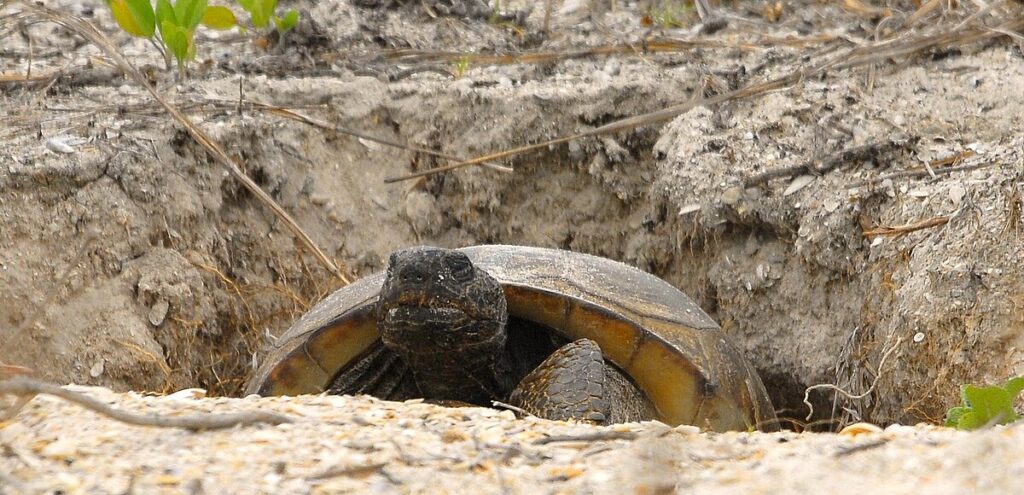
Breeding-age reptiles can experience significant health challenges related to reproduction, particularly in females. Egg-bound females (dystocia) may show restlessness, continued digging behavior without egg deposition, straining, partial egg protrusion, lethargy, anorexia, and hind limb weakness or paralysis. Males of some species may develop hemipenal prolapse during breeding season, where reproductive organs fail to retract properly, becoming exposed and vulnerable to infection or desiccation. Even normal reproductive behaviors like egg-laying can create substantial physiological stress, depleting calcium reserves and compromising immune function if nutritional support isn’t adequately provided. Gravid females require particular attention to calcium supplementation, appropriate nesting opportunities, and monitoring for post-reproductive complications that might necessitate veterinary intervention to prevent serious health decline.
Signs of Parasitic Infestations
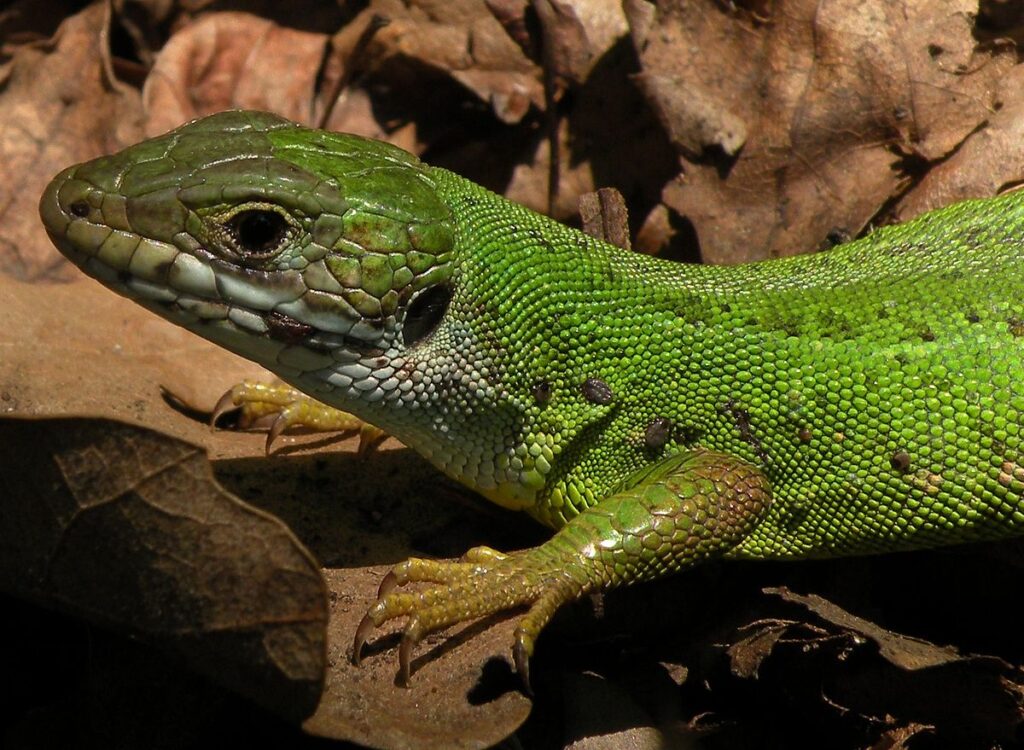
Both internal and external parasites commonly affect captive reptiles, producing various observable symptoms depending on the parasite type and infestation severity. External parasites like mites appear as tiny moving specks (often red, black, or white) concentrated around eyes, ear openings, and skin folds, causing excessive scratching, soaking behavior, and irritated skin. Internal parasites typically manifest through weight loss despite normal appetite, abnormal stool consistency or color, visible worms in feces, regurgitation, lethargy, and in severe cases, anemia evidenced by pale mucous membranes. Some parasitized reptiles develop unusual behavioral patterns like dragging their cloaca across surfaces or showing increased irritability during handling. Regular fecal examinations by qualified veterinarians represent the most reliable method for detecting internal parasites before they cause significant health deterioration, making preventative screening an essential component of responsible reptile husbandry.
Mouth Rot and Oral Abnormalities
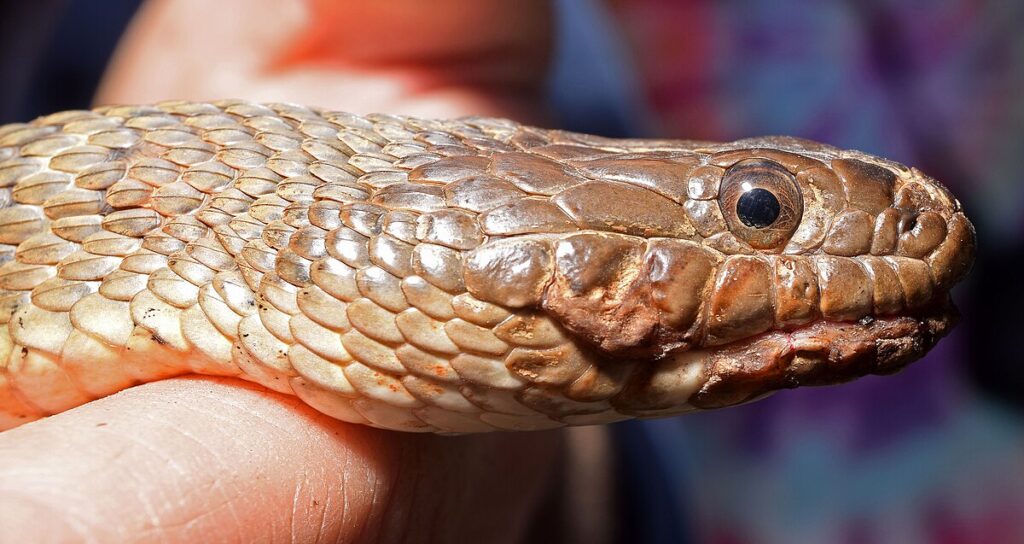
Infectious stomatitis, commonly called “mouth rot,” represents a serious bacterial infection affecting a reptile’s oral tissues that requires prompt veterinary intervention. Early signs include excessive saliva or mucus, redness or swelling along the gumline, yellow or cheese-like deposits in the mouth, and reluctance to feed due to oral discomfort. As the condition progresses, affected tissues may become necrotic, producing characteristic foul odor and potential bleeding when disturbed. Some reptiles with oral infections hold their mouths partially open or bubble at the mouth corners when at rest. This condition frequently develops secondary to stress-induced immune suppression, suboptimal temperatures, or physical trauma to the mouth tissues from prey items or inappropriate enclosure furnishings. Left untreated, mouth rot can spread to deeper tissues, including bone, making early detection and professional treatment crucial for preventing serious complications.
Environmental Stress Indicators
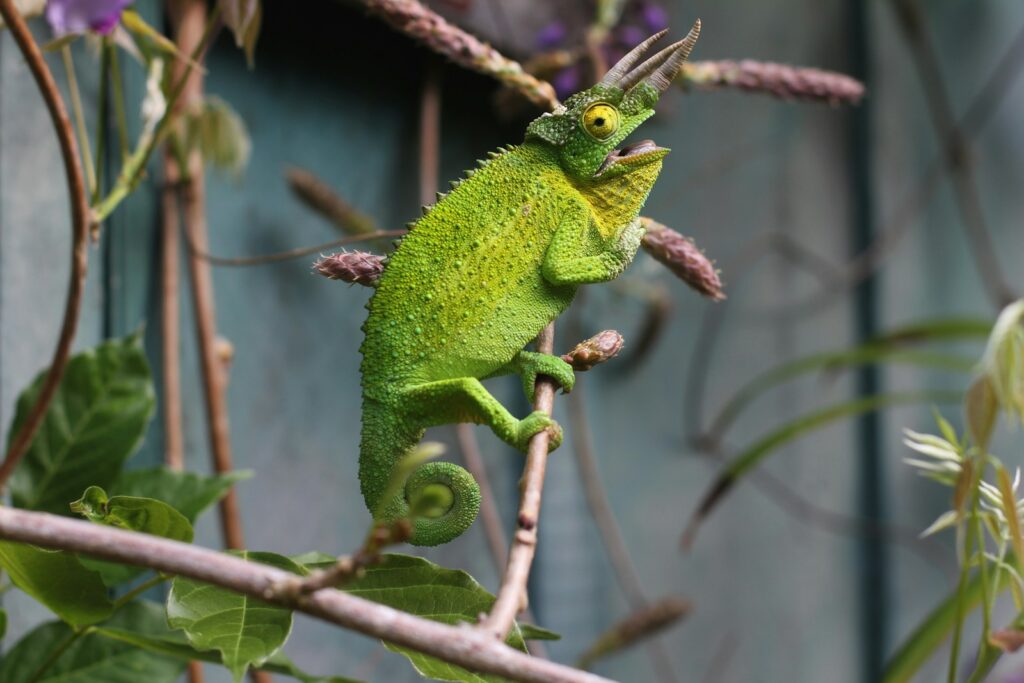
Reptiles display specific behaviors when their environmental parameters fall outside acceptable ranges, providing attentive owners with valuable feedback about husbandry deficiencies. Inadequate temperature gradients may cause excessive basking or complete avoidance of heat sources, while improper humidity levels might trigger unusual soaking behavior, excessive drinking, or difficulty shedding properly. Reptiles experiencing light stress from inappropriate photoperiod or UVB exposure often demonstrate altered activity patterns, color changes, or unusual hiding behavior during normally active periods. Insufficient environmental enrichment or inappropriate enclosure size typically results in stereotypic behaviors like pacing, repetitive digging, or persistent escape attempts reflecting psychological stress. These environmentally-induced stress behaviors often resolve quickly when conditions are corrected, distinguishing them from illness-related symptoms that persist despite husbandry improvements.
When to Seek Veterinary Care

While minor and temporary behavioral changes might resolve with husbandry adjustments, certain symptoms necessitate immediate professional intervention from a veterinarian experienced with reptiles. Seek emergency care for respiratory distress, prolonged anorexia (species-dependent but generally concerning after 2-4 weeks), significant lethargy, neurological symptoms, prolapsed organs, suspected egg-binding, or open wounds/injuries. Symptoms that don’t resolve within 24-48 hours after addressing potential environmental stressors should similarly prompt veterinary consultation, as waiting too long often complicates treatment and reduces positive outcome possibilities. Establish a relationship with an exotic animal veterinarian before emergencies arise, maintaining regular wellness examinations that create a health baseline and familiarize your reptile with handling procedures. Remember that reptiles mask illness remarkably well until conditions become advanced, making seemingly minor symptoms potentially indicative of serious underlying issues requiring professional assessment.
Maintaining the health of exotic reptiles requires vigilance, knowledge, and attentiveness to subtle changes that might indicate developing problems. By familiarizing yourself with your reptile’s normal behavior patterns and regularly monitoring for the warning signs outlined in this article, you can intervene early when health issues arise, significantly improving treatment outcomes. Remember that many illness indicators actually reflect husbandry deficiencies that, once corrected, resolve symptoms without additional intervention. However, never hesitate to consult qualified veterinary professionals when symptoms persist or appear serious. The unique physiology of reptiles means they often cannot recover from advanced illness without specialized care. As responsible keepers, our obligation extends beyond providing basic necessities – we must become skilled observers, environmental stewards, and advocates for these remarkable animals whose evolutionary history has not prepared them to communicate their suffering in ways immediately obvious to human caretakers.


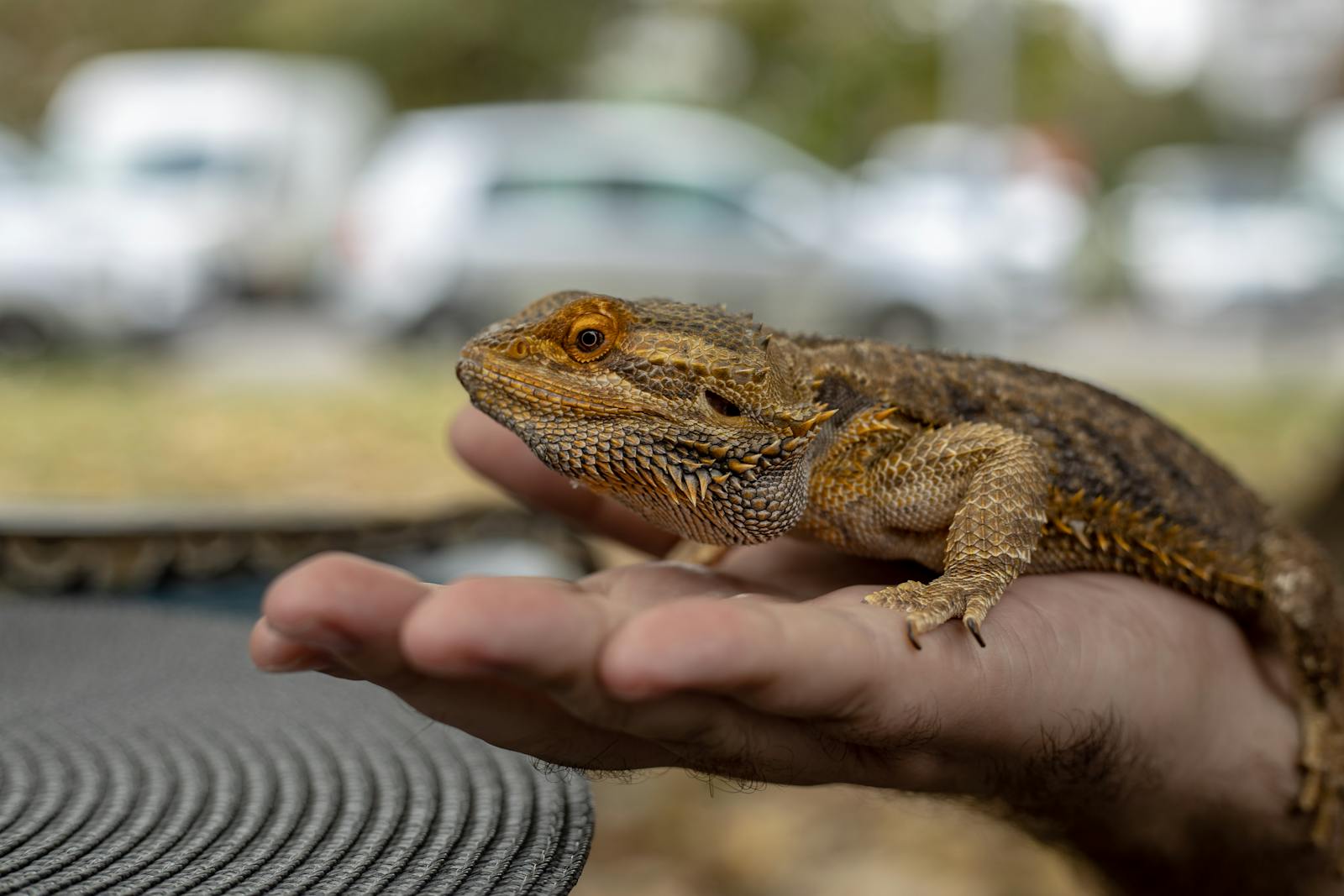

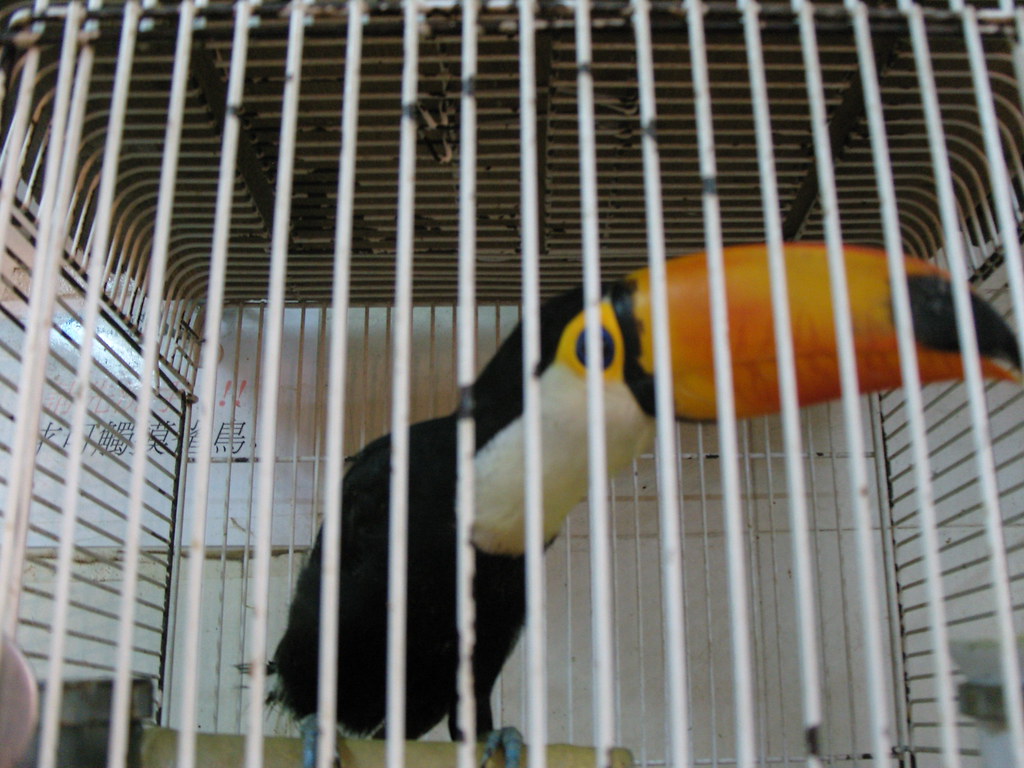
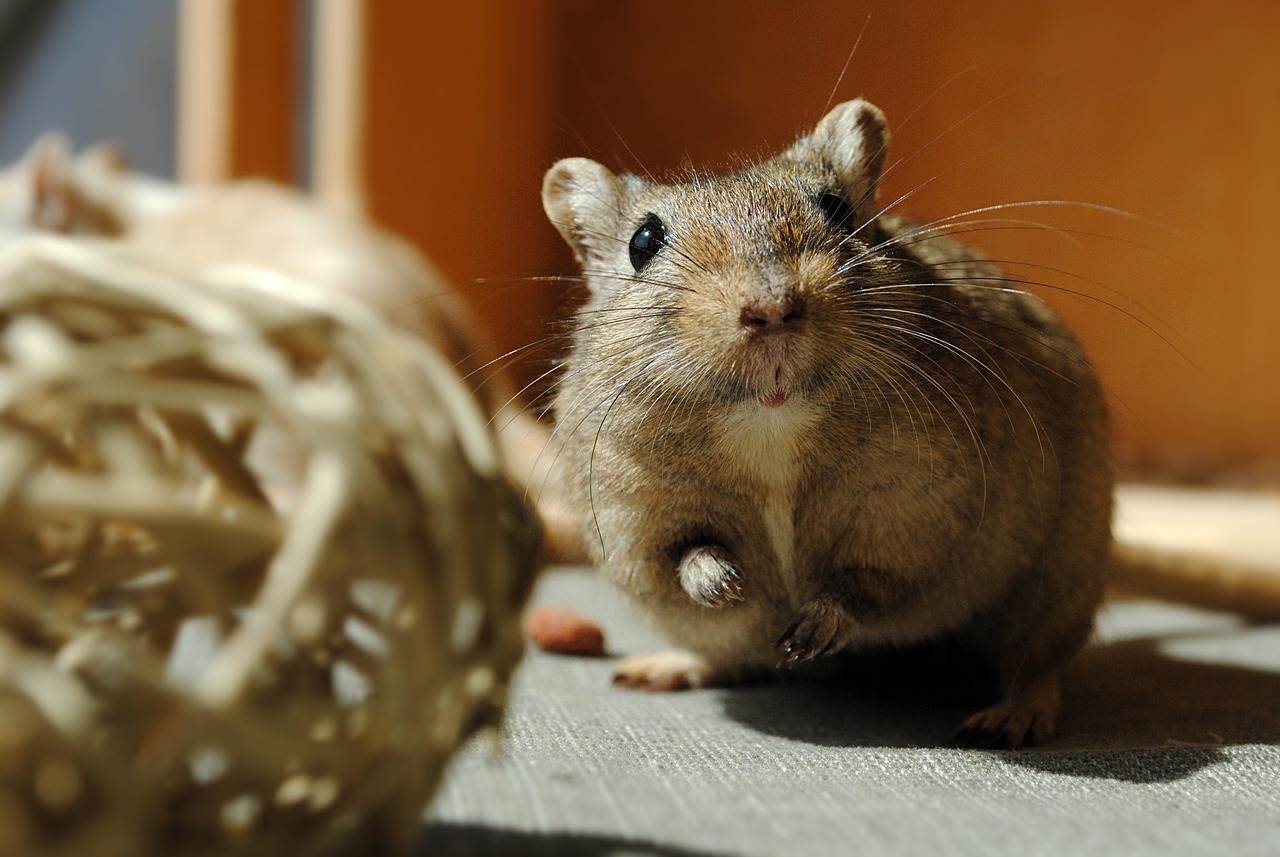
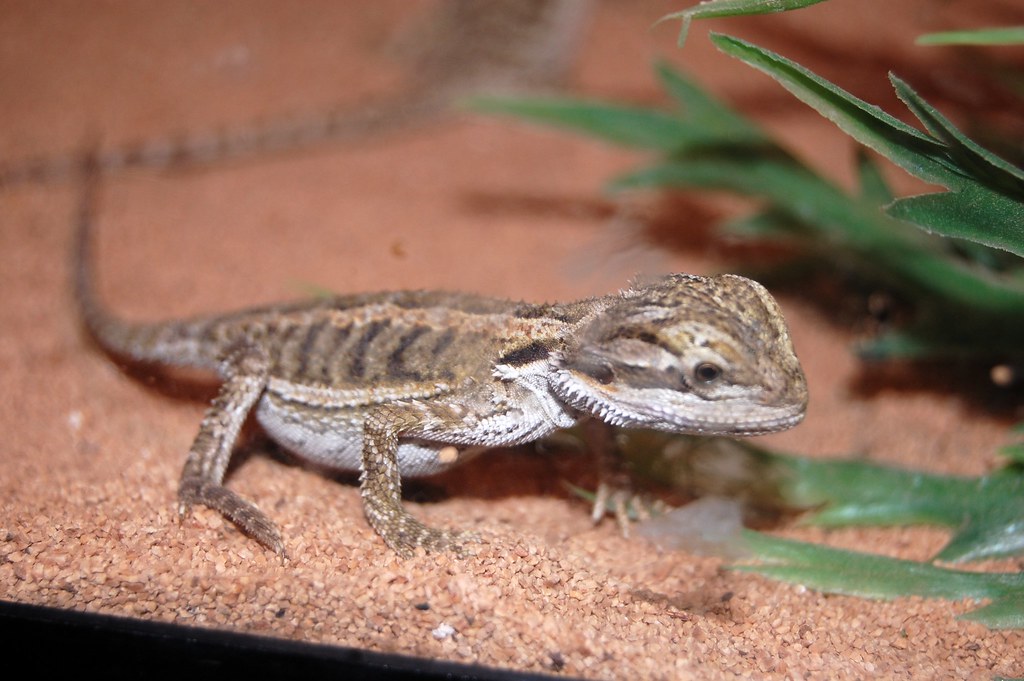
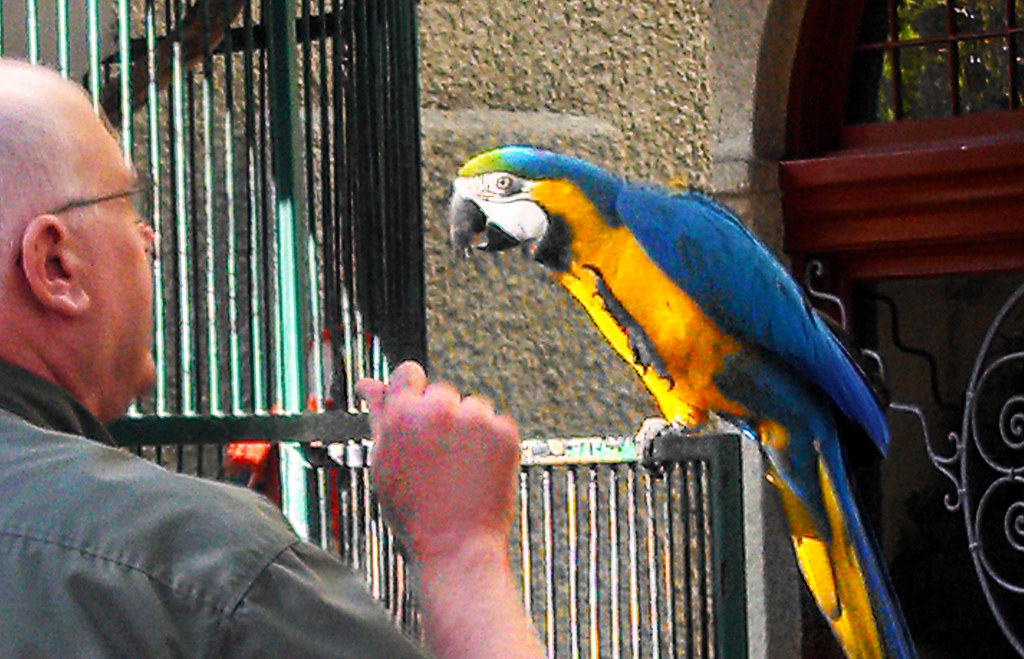
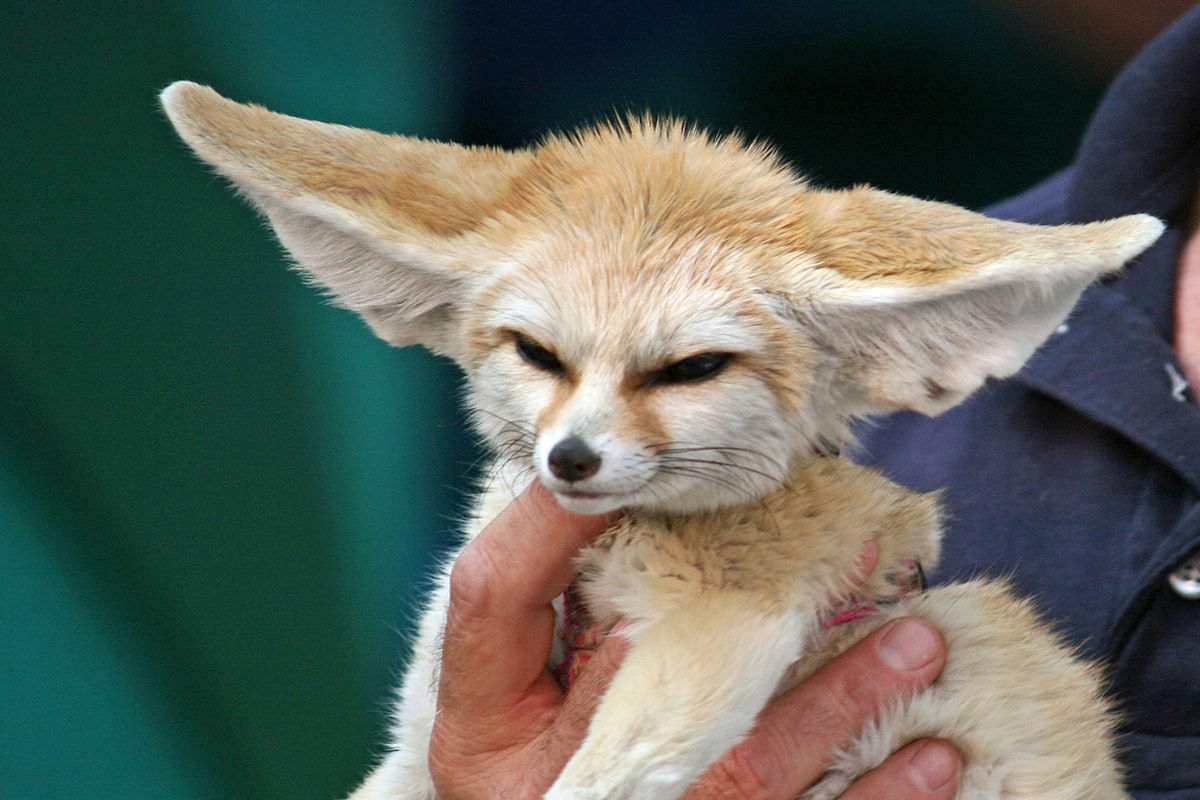
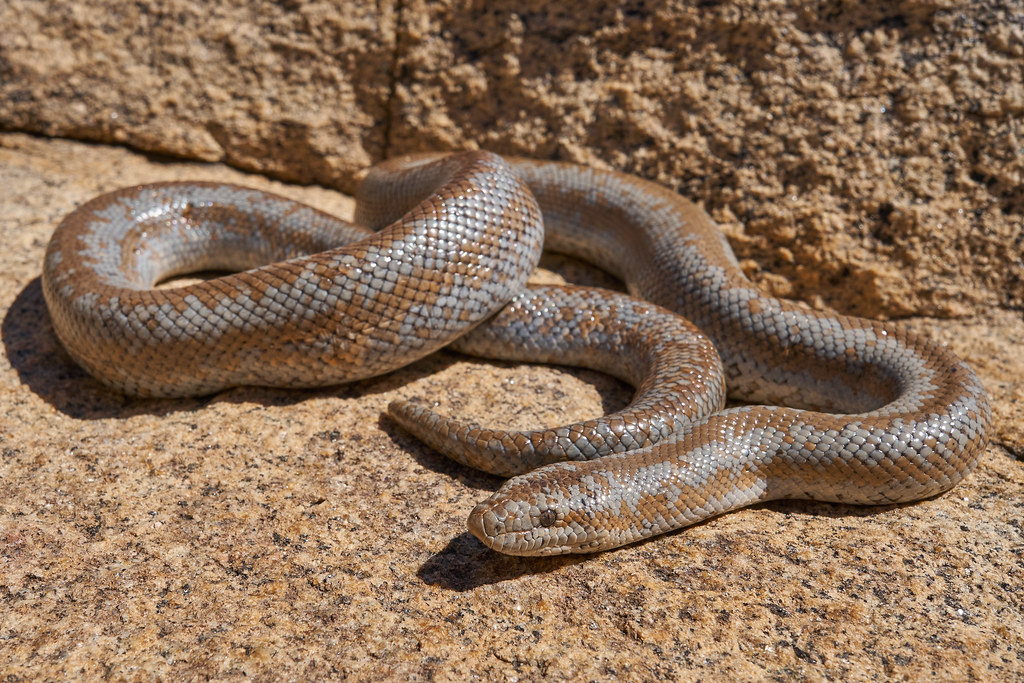
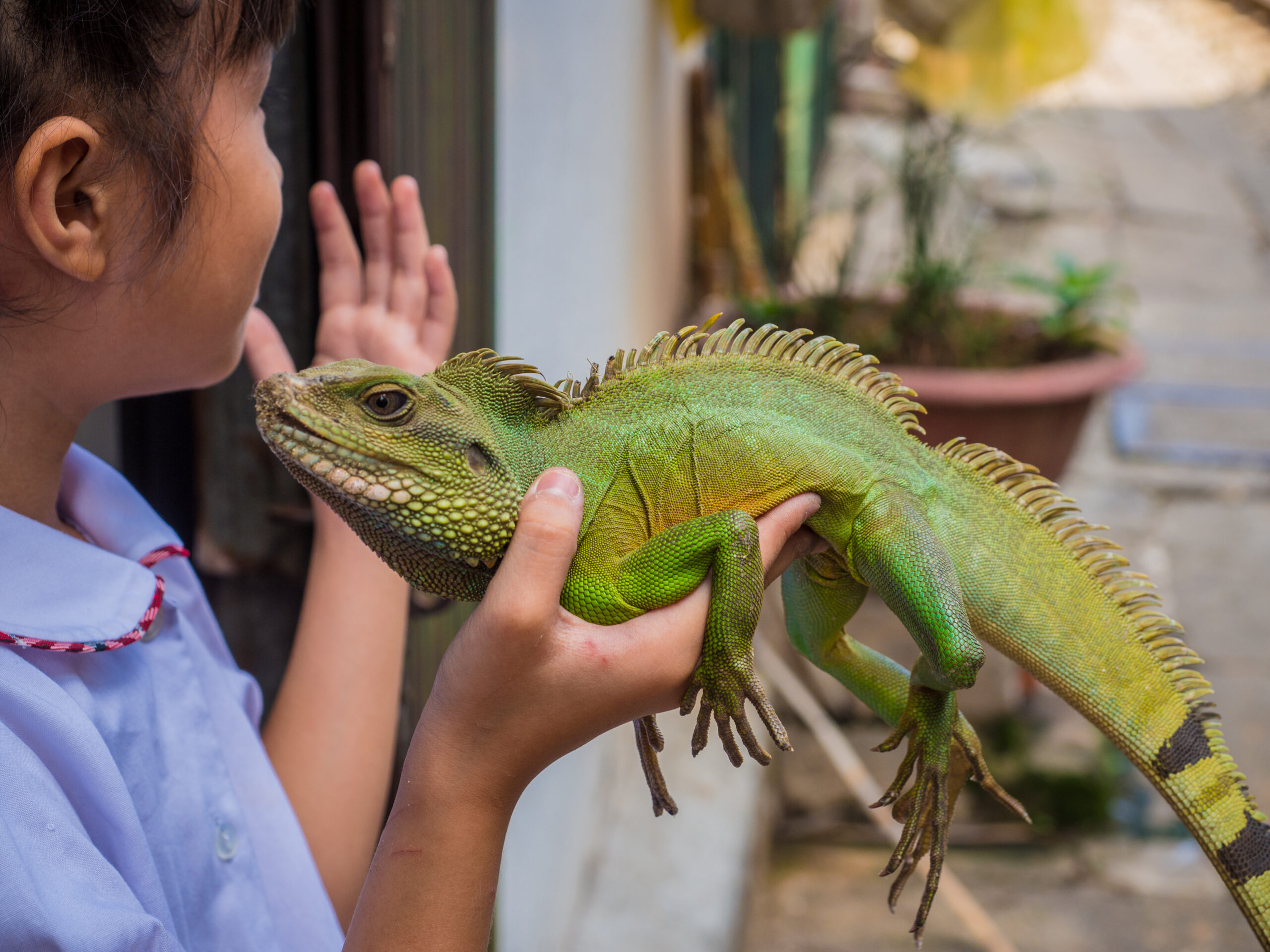
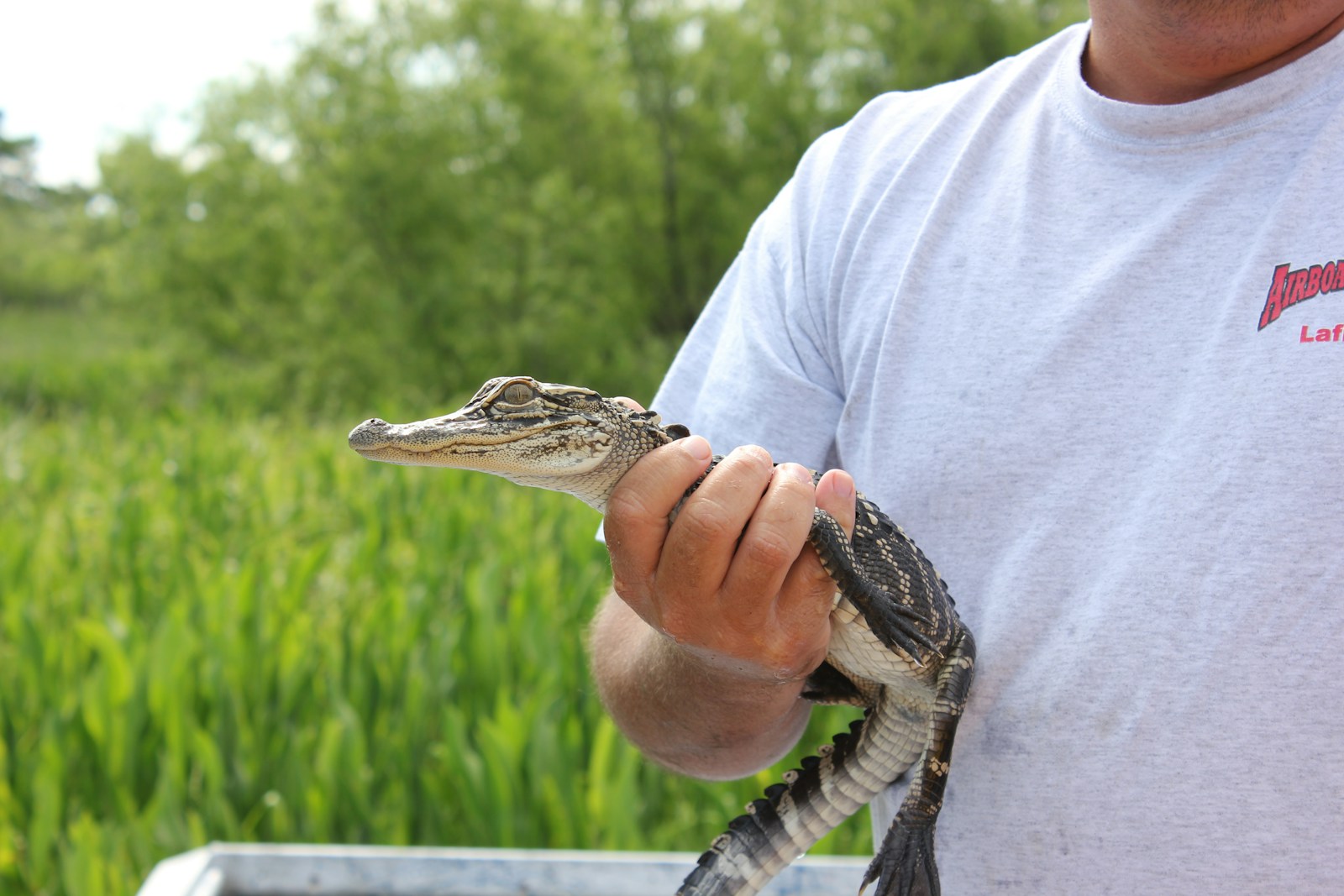




Leave a Reply